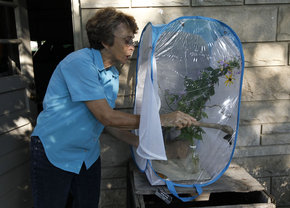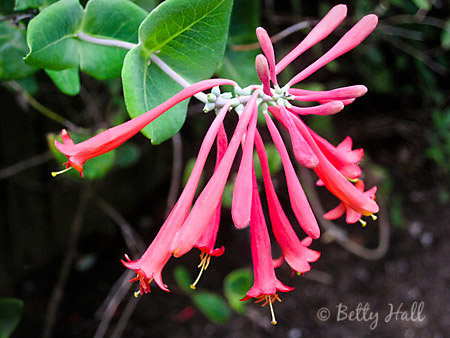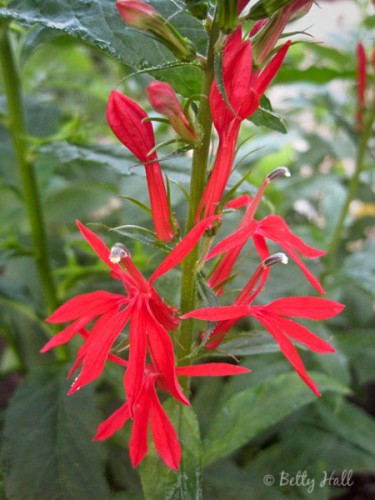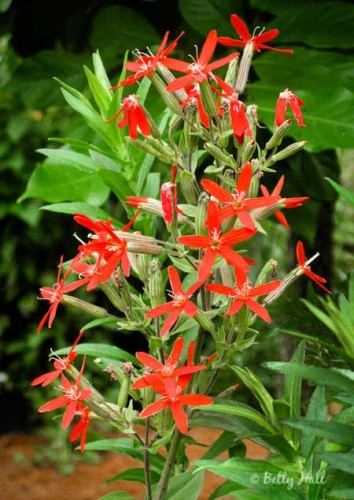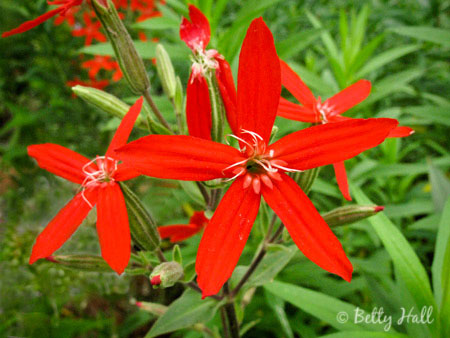These are my favorite caterpillars and I like finding them in the backyard. The first sign is when I find a leaf on my native Kentucky spicebush (Lindera benzoin) cut and folded like this.
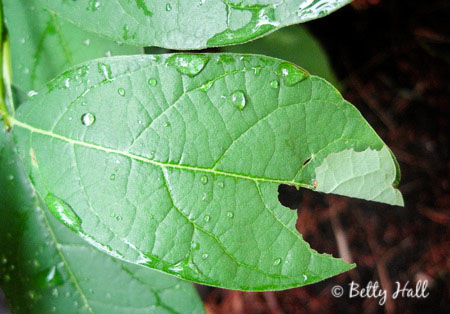
When I open the leaf, I usually see a small spicebush swallowtail caterpillar (Papilio troilus).
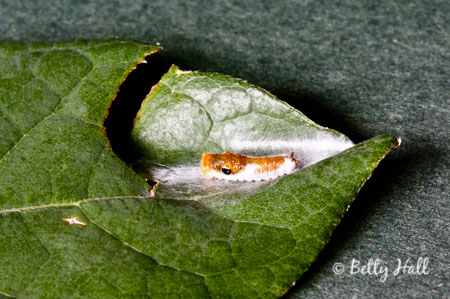
In a week or so, I often find a large leaf folded in half like this.
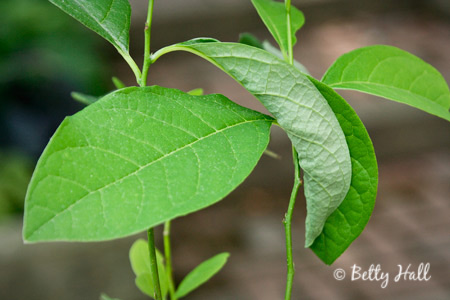
When I open the leaf, this is my special treat.
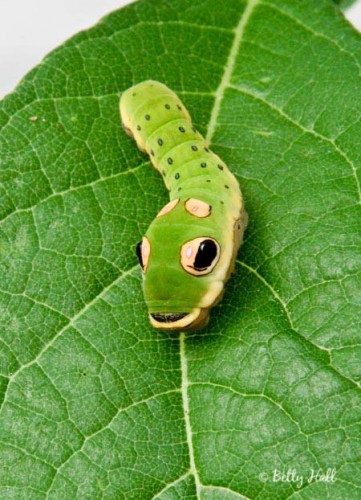
Isn’t it a cutie? Those are false eye spots and the head is actually hidden under what looks like a mouth, but isn’t. The face is supposed to look scary – especially to critters looking for a meal.
The folded leaf is created by a web spun by the caterpillar. It hides there in the daytime and comes out at night to eat.
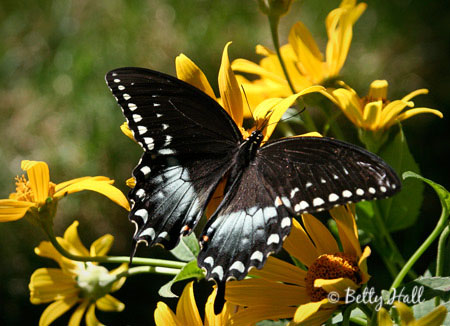
Eventually, the caterpillar changes into a chrysalis and emerges as a spicebush swallowtail butterfly. These butterflies only lay their eggs on spicebush or sassafras (Sassafras albidum) plants.
Spicebush is one of my favorite native Kentucky shrubs. I appreciate the small yellow blooms that are one of the first signs of spring, and I like the delightful spicy smell of the leaves. And, it’s the host of my favorite caterpillar!
